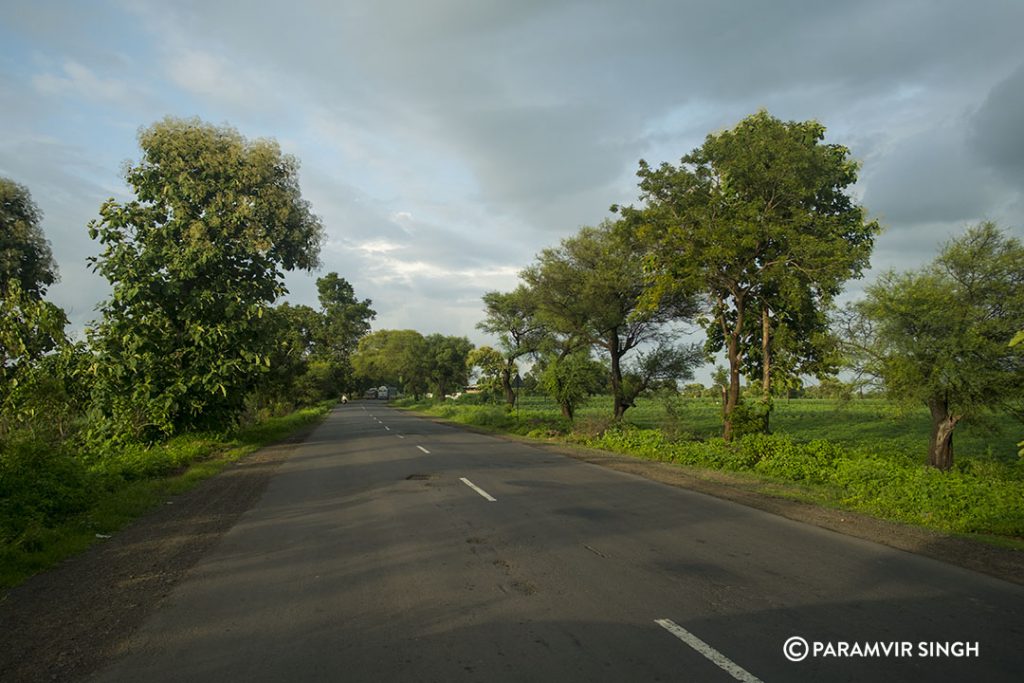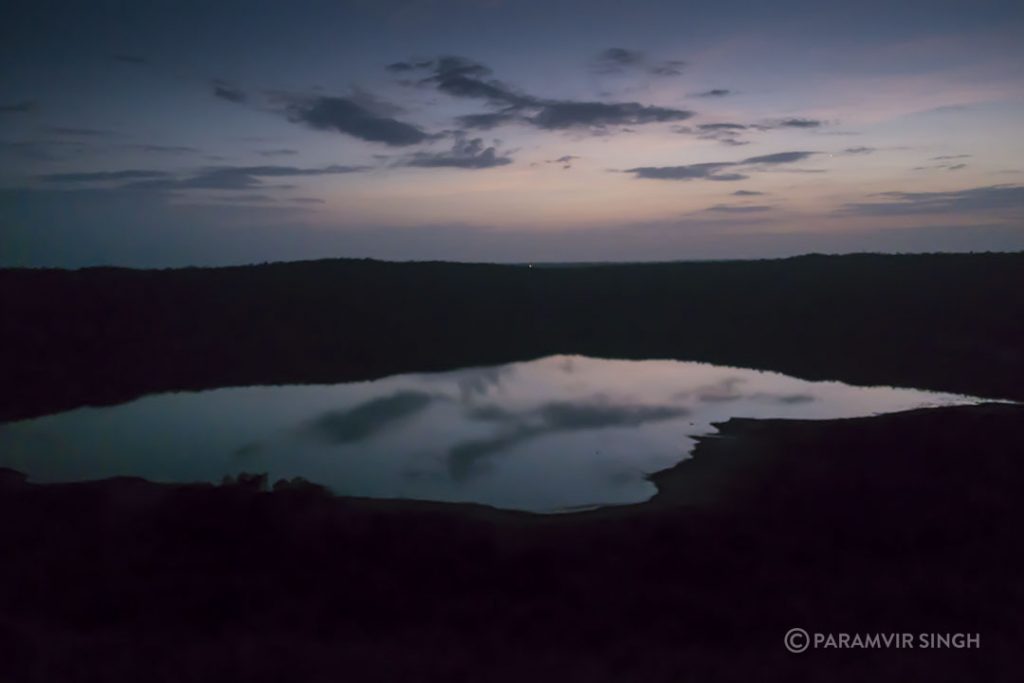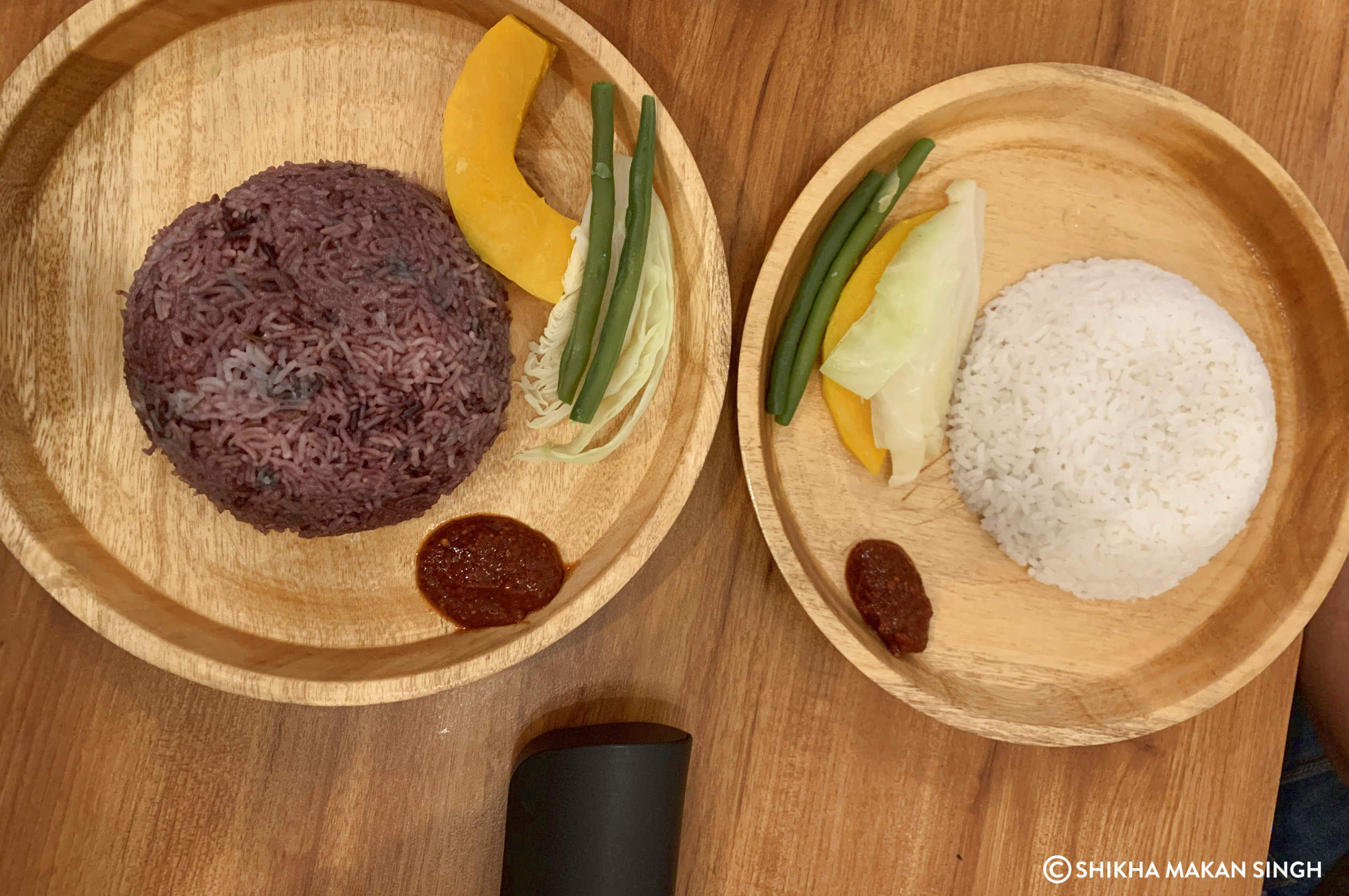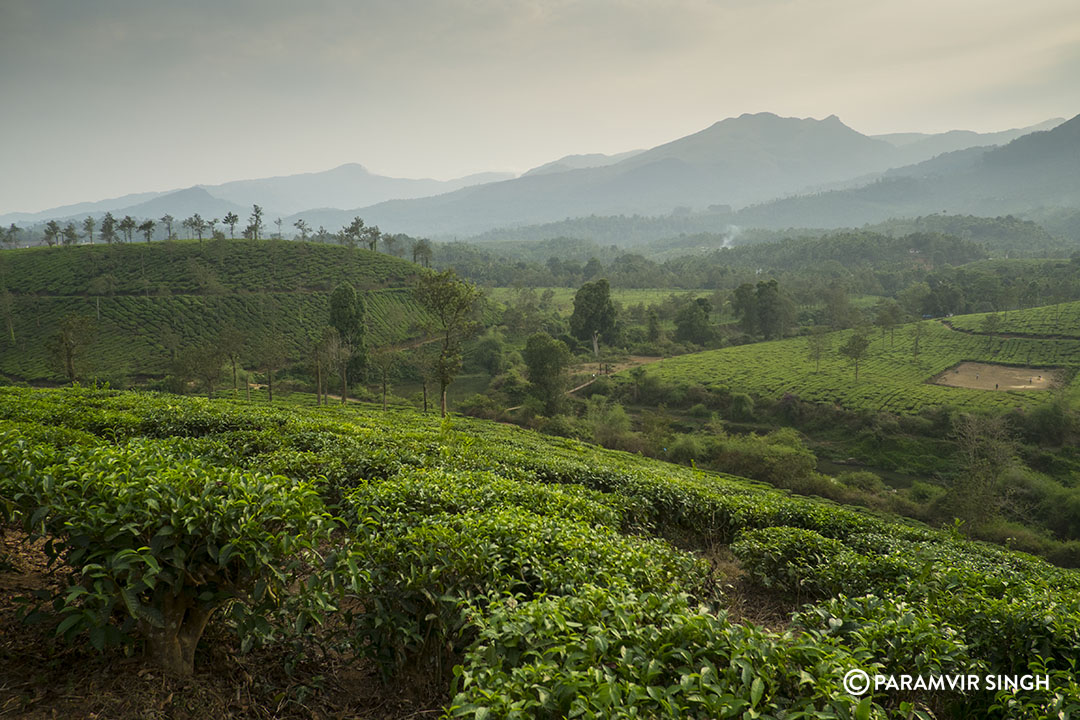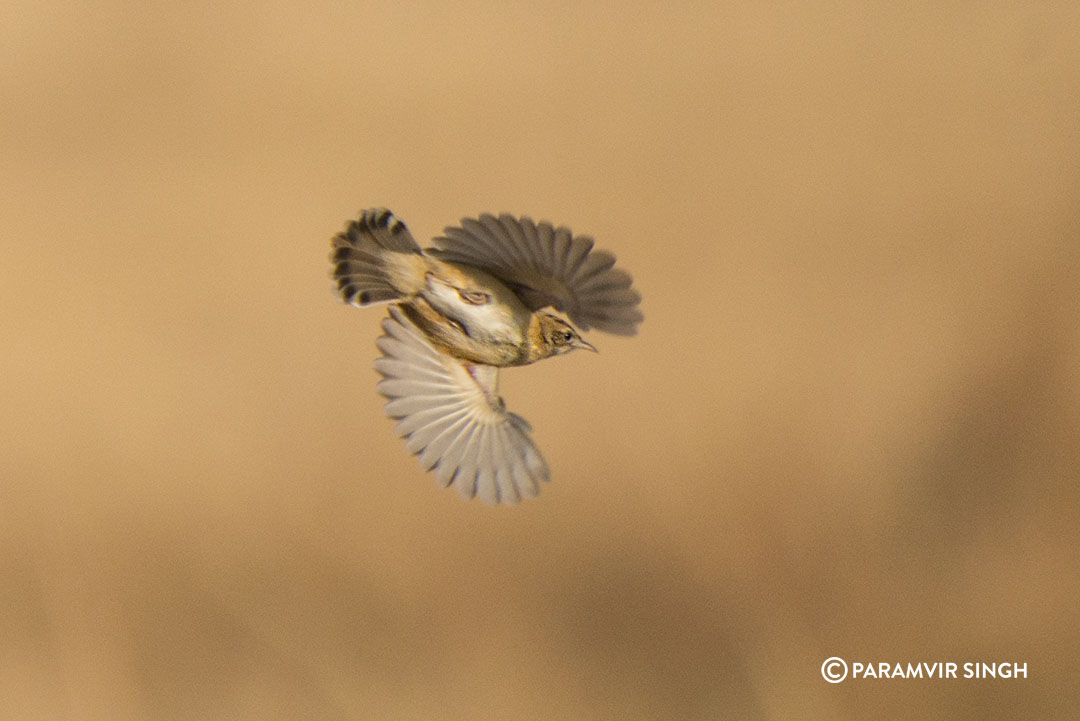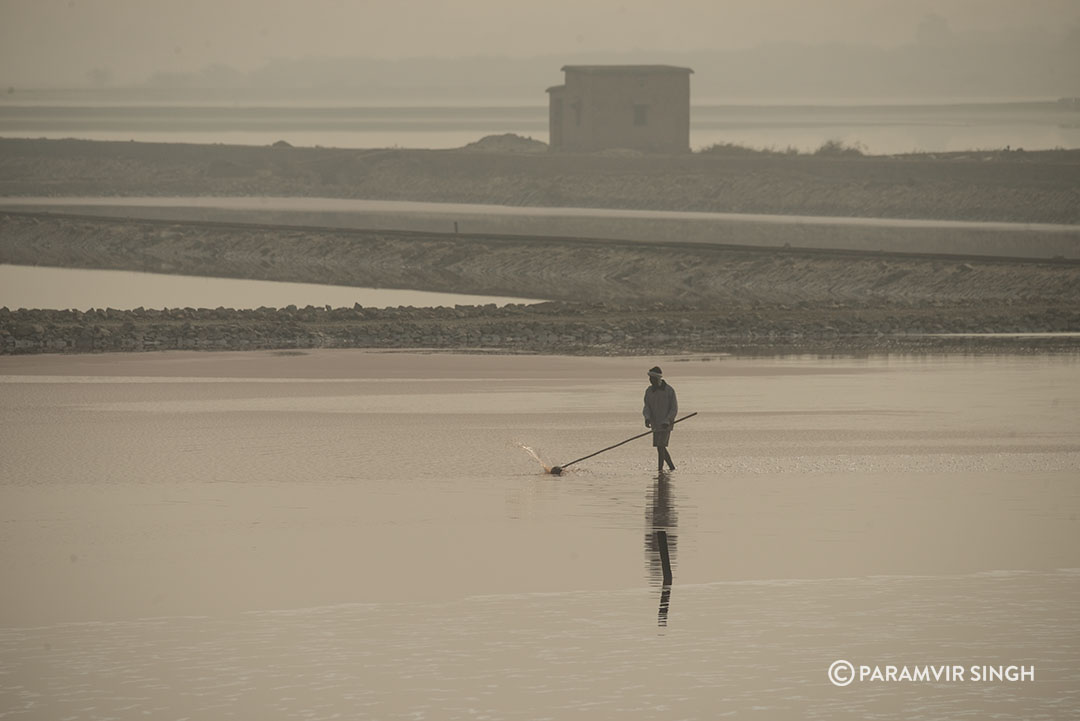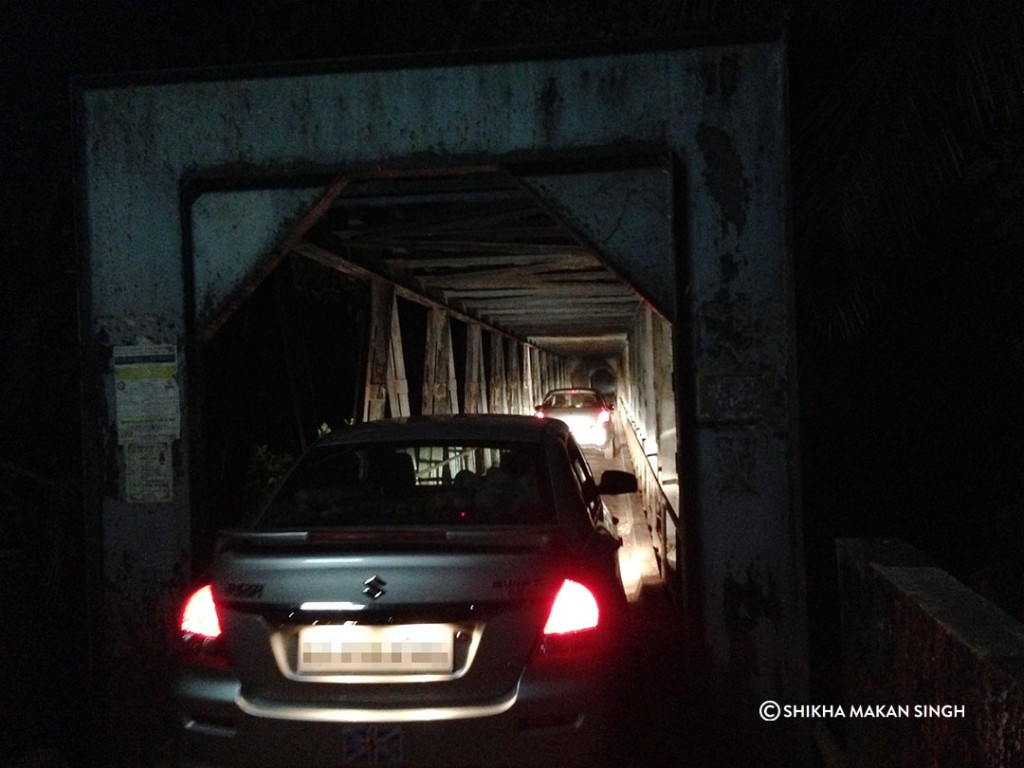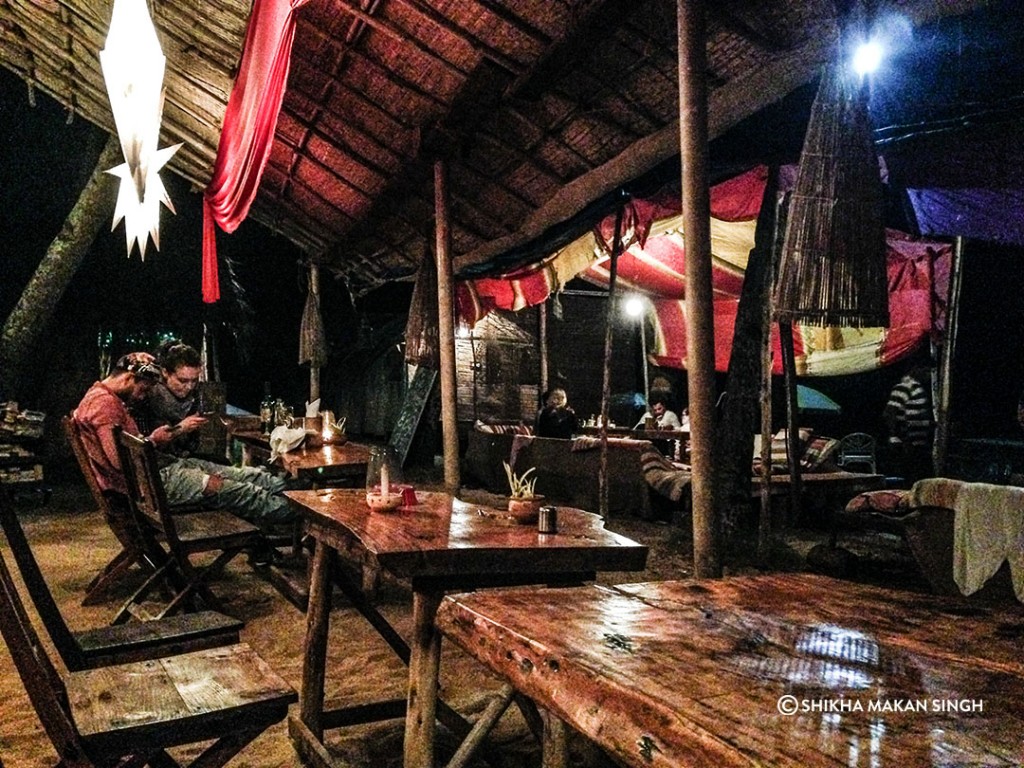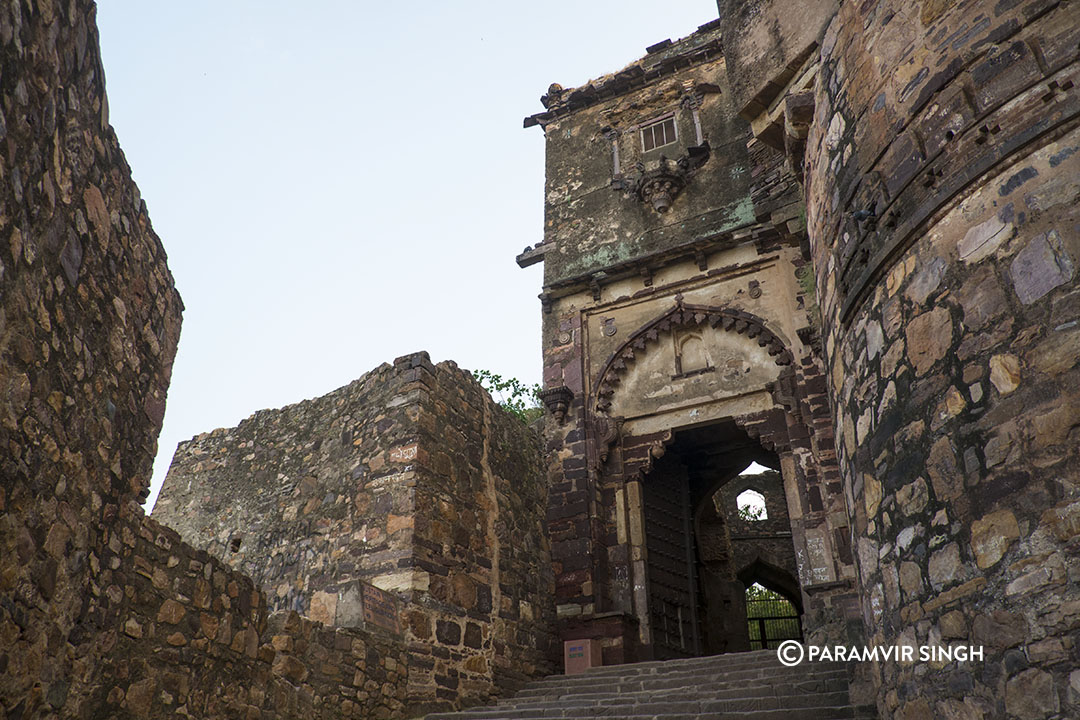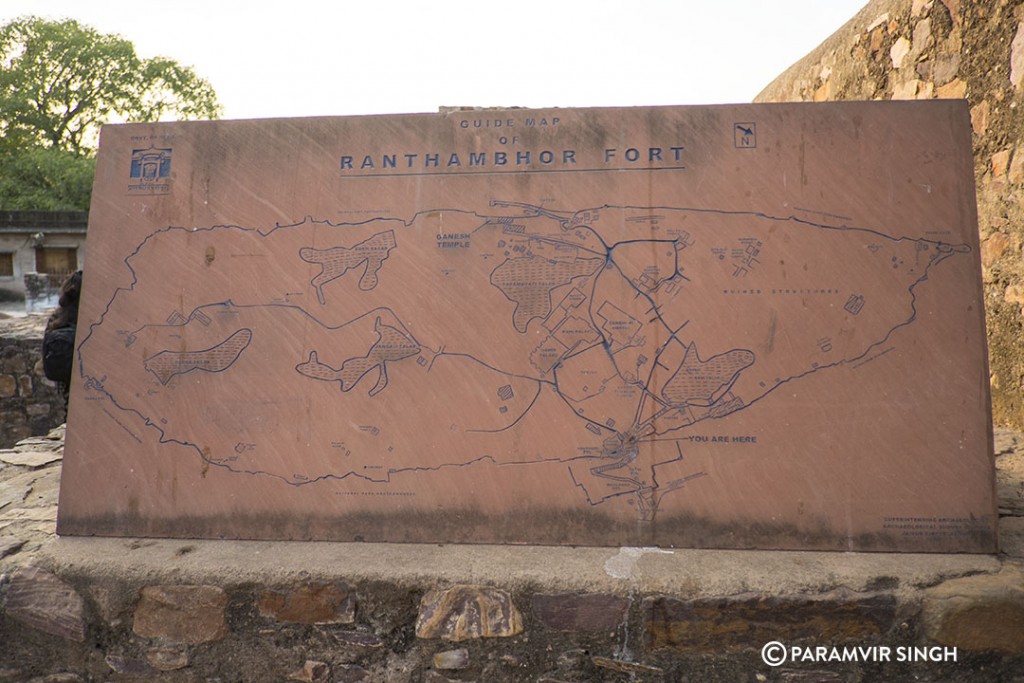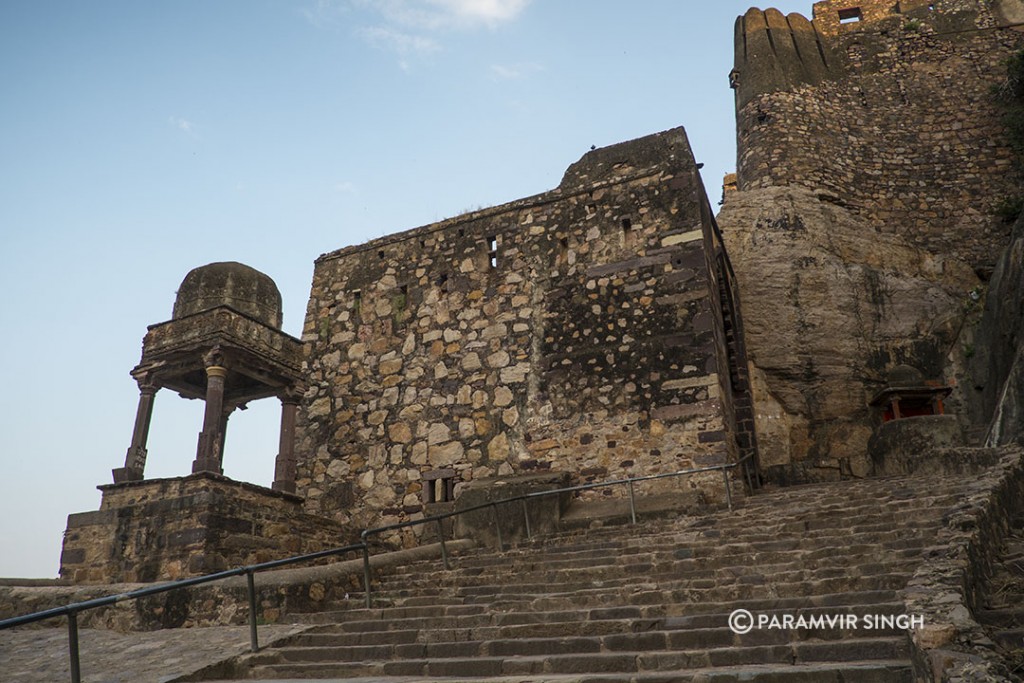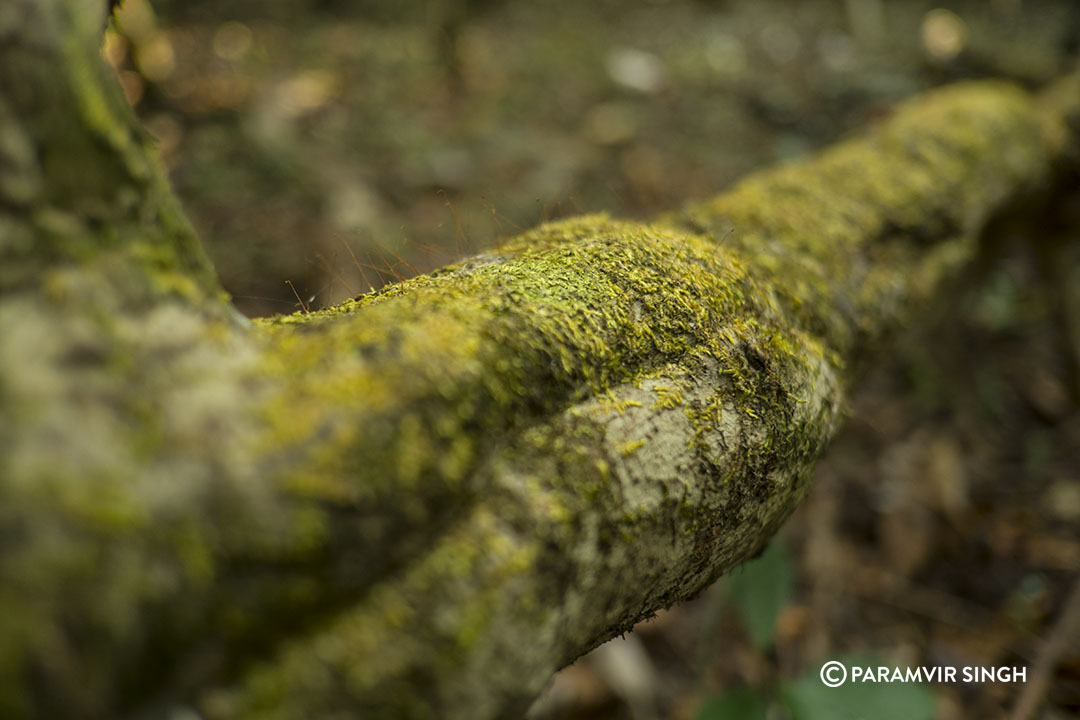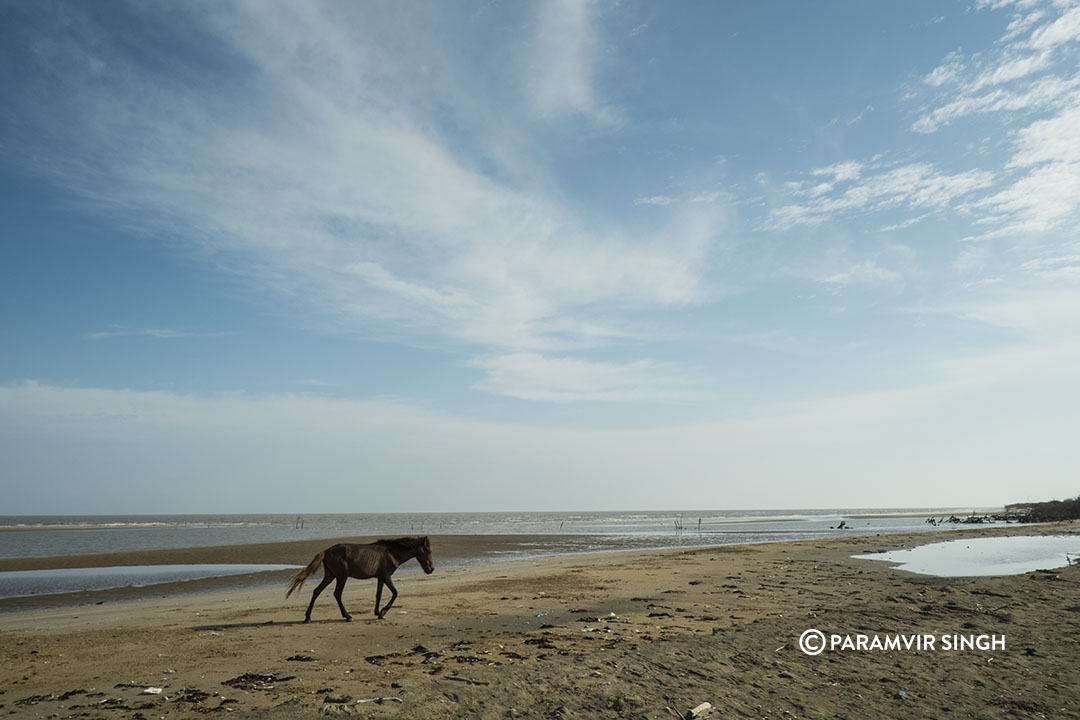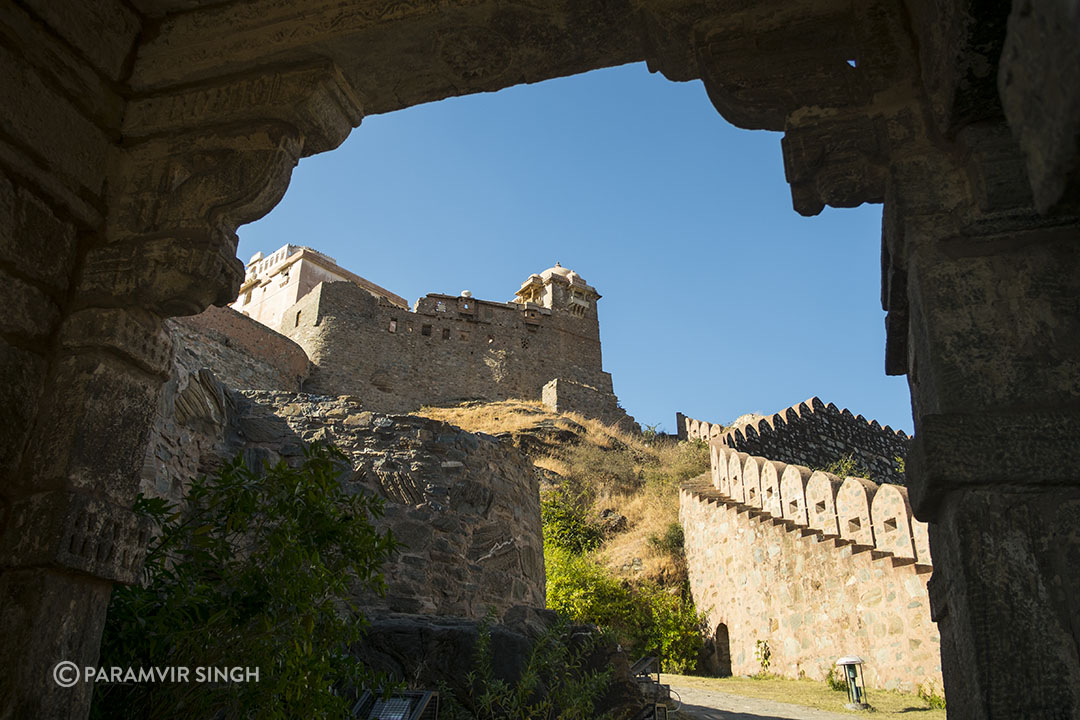We were in Aurangabad, and nothing much happening on the work front which required us to turn back, were tempted to visit Lonar. About 60,000 years ago (they say around the Pleistocene Epoch), a meteor is supposed to have struck this place in Buldana district of Maharashtra, created a massive crater about 6.7km in circumference and 1.2km in diameter. The impact must have created huge tremors, fires, whatnot, but it has also left a very unique lake here. Lonar crater is the only known hyper velocity impact crater in basaltic rock anywhere on earth. In 2007 biological nitrogen fixation was discovered in this lake.
The drive from Aurangabad to Lonar takes about 4 hours at a normal pace. The roads are not too good. But the journey is beautiful with agricultural fields on both sides, and apart from Jalna, not much ugly industrial landscapes.
We stayed at the MTDC Lonar (there aren’t too many options here), and were pleasantly surprised. They cooked to our tastes, and rooms were fairly good. We were also lucky to get a good guide Ramesh. We decided to go for a trek of the entire crater the next morning.
The climb down is kind of steep, but not too stressful. The walk around the Lonar crater is around 7km, starting with a moderately steep descent and then through a trail in the thick forest. Through the trail we came across a total of 10 ancient temples around the lake.
The lake waters are a rich green due to some kind of algae. The outer circumference waters have a neutral pH of 7 and the inner waters are a high alkaline or around pH11. We had read the lake forest has chinkaras and gazelles, but only found traces of wild boar, a couple of hyenas, grey langoors, fruit bats, grey hornbills, grey tits, Indian koels, alexandrine parakeets, oriental magpie robins, Indian robin, black winged stilts, red wattled lapwings, collared doves, peafowl, and heard grey fantails, and perhaps a few other birds I am missing out. We had visited in August, so everything was fresh and green, and the weather cool and breezy.
So this is Part One of our Lonar visit, which covers the lake. Part Two will cover the temples around the lake and Part Three, the other temples in the city.
